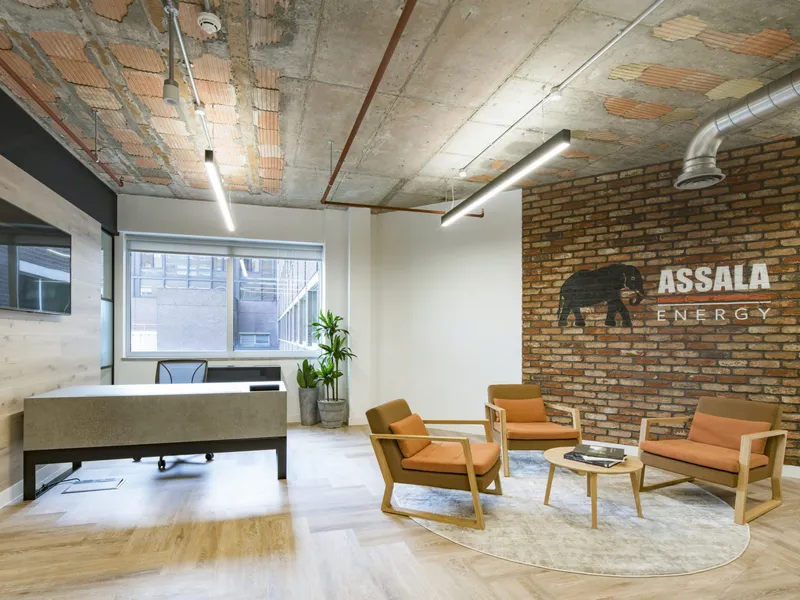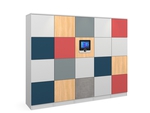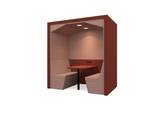The 6 Effects of the Internet of Workplace
Feb. 7, 2019
Industry Trends
Today’s internet isn’t just connected to our computers and smartphones, but to more or less anything we can think of: furniture, lighting, air conditioning, heating, printers, scanners, water coolers, coffee machines, window shades, lockers, power plugs and much more besides. As more and more parts of the office are connected up online, we’re going to see the rise of an Internet of Workplace. In this blog we’ll begin with a brief evaluation of the current state of affairs, and then predict 6 big ways that the Internet of Workplace will change offices in the coming years.

Image credits: Nicole Wolf
Where We’re at Now
According to the Gartner forecast, by the end of 2020 there’ll be more than 20 billion connected devices worldwide; that’s around three times more devices than there are people. Furthermore, according to research by Forrester, businesses will lead this surge, with 85% of companies planning more connections to the Internet of Things in 2019.
Because so many devices will be connected however, businesses will grow more vulnerable to online security and data breaches. The title of a recent Fast Company article says it all: “Internet of Things security is so bad, many companies can’t tell when they’re hacked”. As the article goes on to explain, a report from leading security company Gemalto found that 48% of companies using Internet of Things devices don’t have any way of knowing if their devices have been hacked, even though such a hack could have devastating consequences; clearly it’s important for businesses to invest more in online security.
But looking on the bright side, the rise of the Internet of Workplace will also have many hugely positive effects. Here are 6 to look forward to.

Image credits: Rawpixel
1. Control Everything
Here at Spacestor we’ve long advocated for agile offices in which employees can choose where and how they work. Now increased connectivity will allow staff to have even more control over their environment: think phone apps that can control window shades, or tablets that can adjust the temperature.
Allowing employees to control their working environment is great for morale and increased productivity. For instance, the West Bend Mutual Insurance Company in Wisconsin recently opened a new office in which staff could control temperature, air flow and lighting: which led to a rise in productivity of 16% and a drop in energy costs of 40%.

Image credits: Ben Kolde
2. The Speaking Office
Furthermore, the ways in which we exercise this control will also continue to evolve. We’re used to using our voices to communicate with Apple’s Siri, or Amazon’s Alexa; soon we’ll be able to control our working environment with our voices as well, without even having to look up from what we’re doing.
But that’s not all. The Internet of Workplace will also have voices of its own. Soon our office will be able to talk to us when it needs to; for instance to remind us to lock up, or to alert us if we’ve forgotten something.
And that’s still not all. Perhaps it won’t be long until we won’t even have to speak, but only to think about what we’d like changed.

Image credits: Ronald Tilleman
3. Connected Sustainability
As we covered in our blog on sustainability, a great way of saving energy is by taking proactive choices like installing occupancy sensors that automatically turn off the lights when a room is empty and daylight sensors that automatically adjust the lights relative to natural light levels.
Efficiency brings sustainability, and a fantastic example of this is The Edge in Amsterdam, which is widely considered the most intelligent building in the world. The Edge contains no less than 28,000 connected sensors monitoring light, temperature, humidity, infrared radiation and motion; which means lighting and heating can be automatically reduced in areas that aren’t being used, increasing sustainability and saving on energy costs.

Image credits: Raimond Wouda
4. Super Agility
The Edge is also one of the most agile spaces in the world: 2,500 employees are share just 1,000 hot desks without anybody going short. The use of occupancy sensors and an automatically updated booking system means that it’s easy to find a free space. Likewise, their Internet of Workplace makes it very easy to connect to the nearest printer or find a coffee machine.
According to one study, 70% of employees in hot-desking spaces waste around 15 minutes a day looking for somewhere to work; but, by providing staff with better booking systems and more information, this will soon become a thing of the past.

Image credits: Dan Lefebvre
5. Predictive Maintenance
Maintenance is also best done proactively rather than reactively, and the Internet of Workplace allows for more Predictive Maintenance: sensors monitoring boilers or air conditioning units, for instance, can help to predict when these systems are close to malfunctioning, and even call an engineer out automatically if programmed to do so.
Similarly, occupancy sensors can tell when spaces are empty and send the cleaners straight there; while other monitoring systems can keep an eye on office supplies and reorder them automatically; you’ll never run out of pens or notebooks again.

Image credits: Franck V
6. AI Workplace Design
The Internet of Workplace doesn’t just help to connect up the office, it also provides huge amounts of invaluable data that designers can use when planning how to improve a space.
The next step after this, however, may be the use of AI (Artificial Intelligence) workplace designers. By training machine-learning algorithms to study all the data that’s been gathered, AI might be used to design a better office itself.
These 6 trends, and no doubt more besides, will lead to smarter offices that are designed to be agile, easily controlled, well maintained, efficient and more sustainable. So not only will these spaces be cheaper to run, they’ll also be much more pleasant to work in.
Share this article




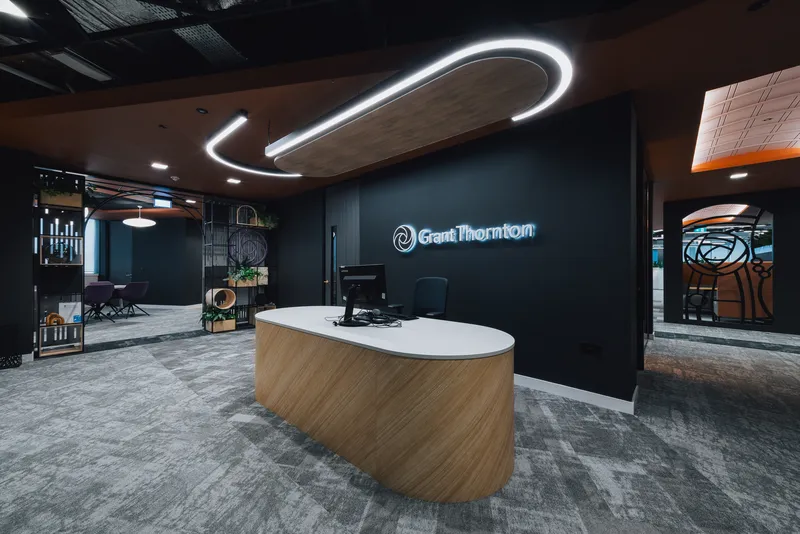







_big.jpg)






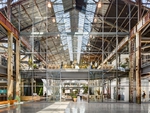
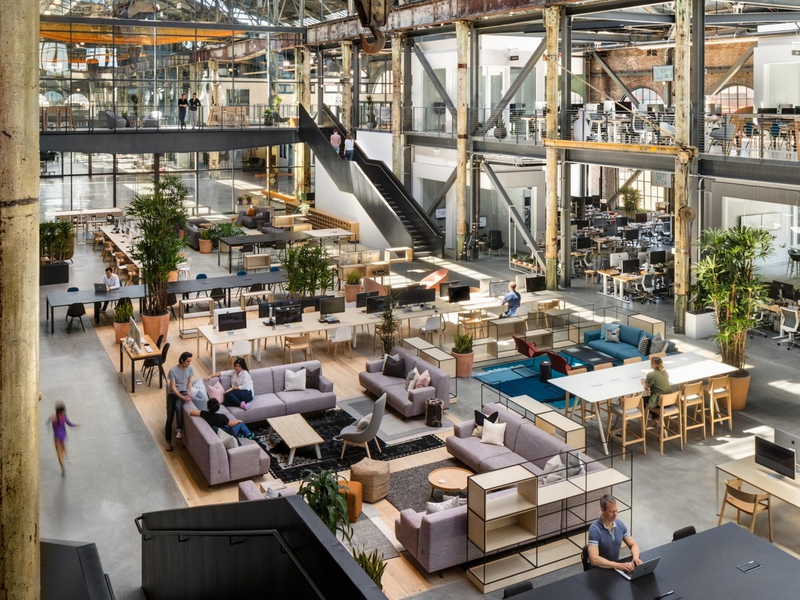
_medium.jpg)
